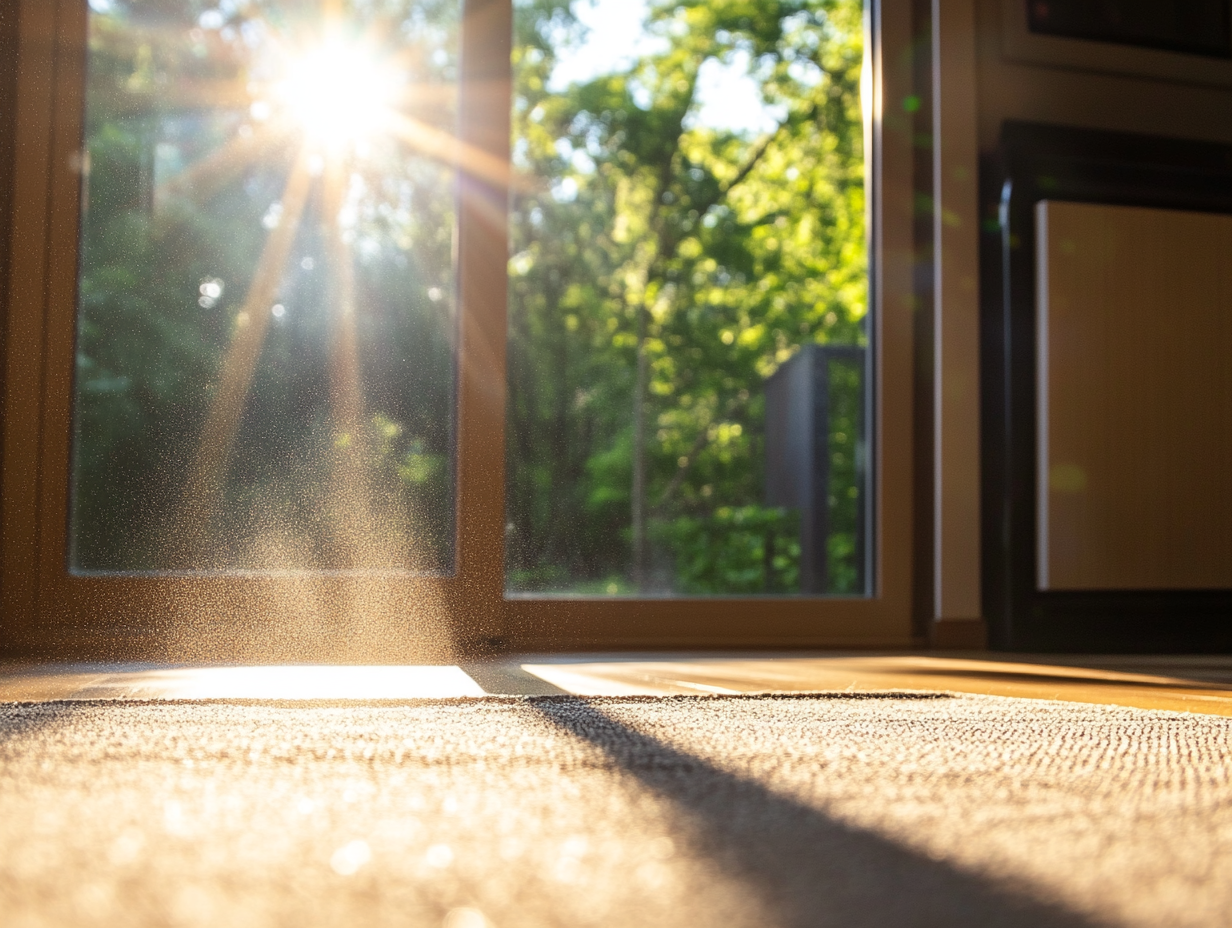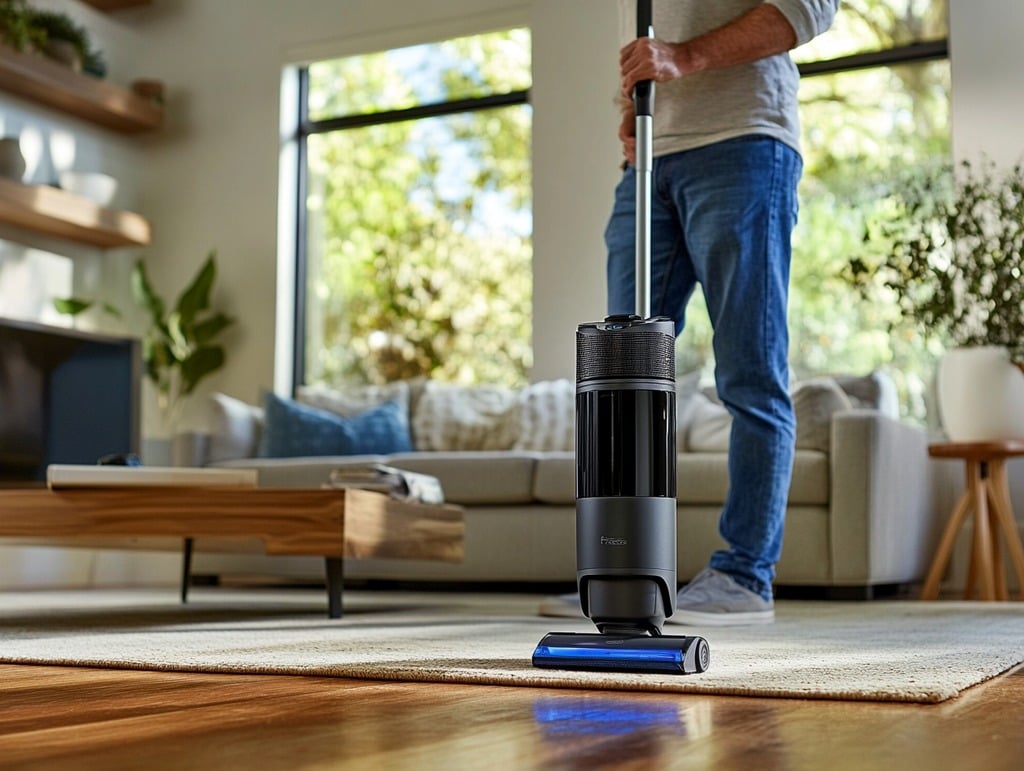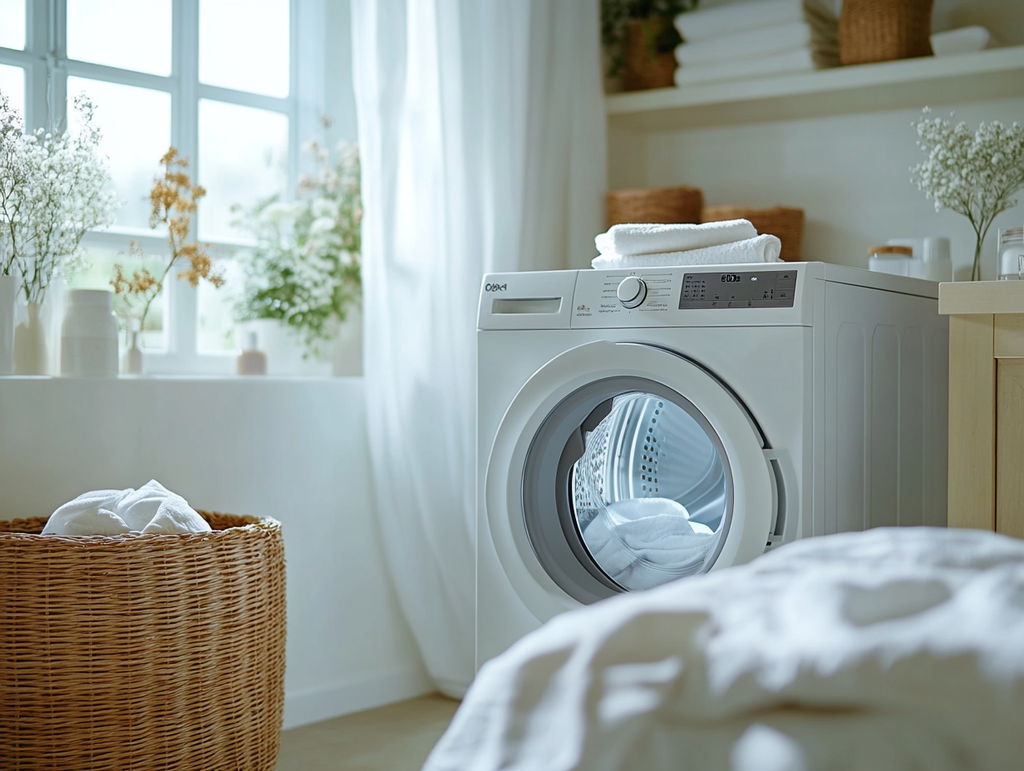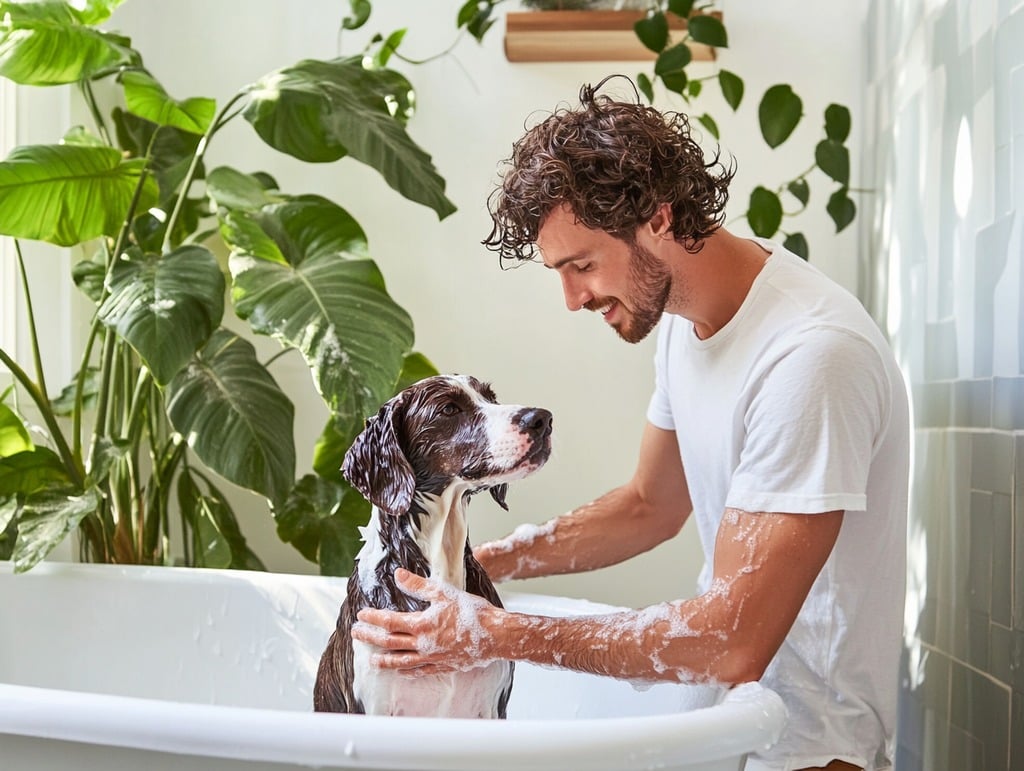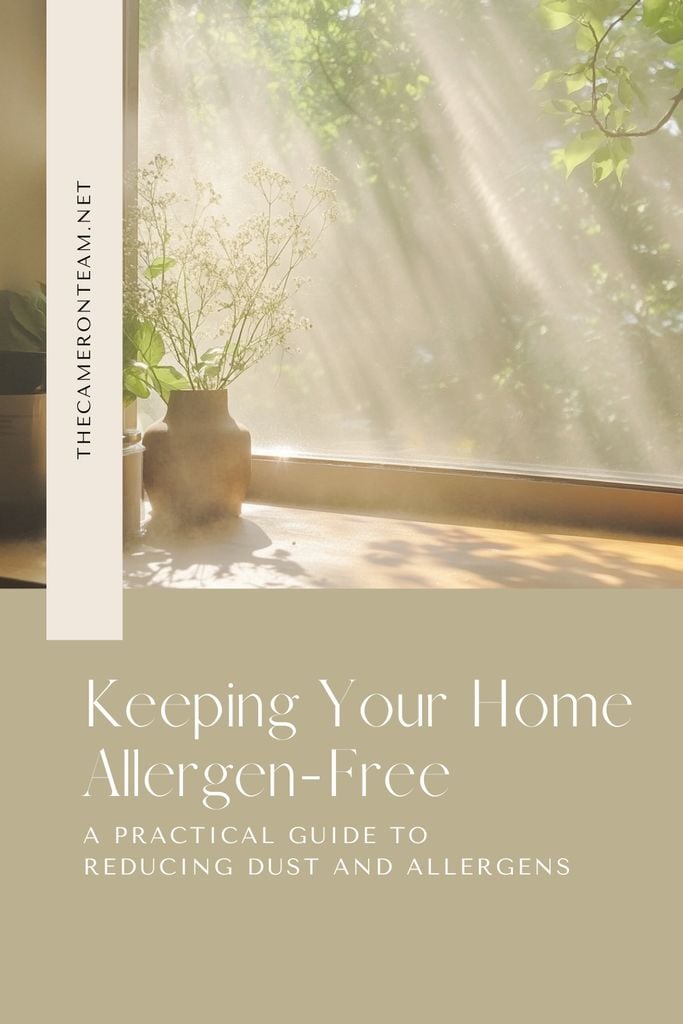Dust, pollen, pet dander, mold – all those tiny particles floating around your home can do a real number on your allergies and overall health. Luckily, with a few targeted steps, you can make a big difference in the air quality inside your home. This guide will walk you through easy ways to cut down on dust and allergens, so you can breathe easier.
Why Is Reducing Dust and Allergens So Important?
If you’ve ever experienced itchy eyes, a runny nose, or persistent sneezing, you know how much of an impact allergens can have on daily life. Dust and allergens don’t just trigger allergies; they can also worsen asthma, irritate the respiratory system, and lead to other health issues over time.
When we think of allergens, most of us picture the outdoors, but indoor air can be just as polluted – sometimes even more so. With the right strategies, you can make your home a safer, healthier place by reducing these unwanted particles.
1. Regular Dusting: Your First Line of Defense
- Use Microfiber Cloths: Regular dusting is essential, but using the right tools makes all the difference. Microfiber cloths are excellent at trapping dust instead of just pushing it around.
- Don’t Forget the Hard-to-Reach Areas: Dust accumulates on ceiling fans, light fixtures, and vents, so give them a quick wipe every now and then.
- Dust from Top to Bottom: Start with higher surfaces and work your way down. This way, you’re not creating extra work for yourself by letting dust fall on already-cleaned areas.
2. Vacuum Often, but Use the Right Vacuum
- Opt for a HEPA Filter Vacuum: Not all vacuums are created equal. HEPA filter vacuums are designed to trap the tiniest of particles, including dust mites and pet dander.
- Vacuum Carpets and Rugs Regularly: Carpets are a magnet for dust and allergens, so make vacuuming them a weekly habit.
- Don’t Forget the Upholstery: Dust and dander can hide in fabric furniture. Use your vacuum’s upholstery attachment to give your sofas and chairs a good clean.
3. Control Humidity Levels
- Keep Humidity Between 30-50%: Dust mites and mold thrive in humid conditions. By keeping humidity levels in this range, you can reduce their growth.
- Use a Dehumidifier in Damp Areas: Basements and bathrooms are particularly prone to moisture buildup, so a dehumidifier can be a valuable addition in these spaces.
- Ventilate Properly: Make sure to turn on exhaust fans when cooking or showering to reduce moisture buildup in the air.
4. Wash Bedding and Curtains Frequently
- Wash Bedding Weekly: Your sheets, pillowcases, and blankets can accumulate skin flakes, dust mites, and dander. Washing them weekly in hot water can help keep these allergens at bay.
- Choose Hypoallergenic Covers: Mattress and pillow covers can create a barrier against dust mites, making your bed a cleaner, healthier place to sleep.
- Don’t Neglect the Curtains: Like bedding, curtains collect dust and allergens over time. If possible, choose machine-washable curtains and clean them monthly.
5. Purify the Air with an Air Purifier
- Invest in a Quality Air Purifier: Look for an air purifier with a HEPA filter. These are excellent for capturing fine particles, including pollen, pet dander, and even some airborne viruses.
- Place It Strategically: For maximum effectiveness, place air purifiers in the rooms you spend the most time in, like the bedroom and living room.
- Maintain It Regularly: Change the filters according to the manufacturer’s instructions to keep it functioning at its best.
6. Keep Floors Clean and Minimize Carpets
- Sweep and Mop Frequently: Hard floors can accumulate dust just as much as carpets, so make sure to sweep and mop regularly.
- Use a Damp Mop Instead of a Dry One: A damp mop picks up dust instead of just stirring it around.
- Limit Carpets and Rugs: Carpets trap a lot of allergens. If possible, consider opting for hard flooring in areas where allergies are a big concern.
7. Minimize Pet Allergens
- Bathe Pets Regularly: Bathing your pets can help reduce the amount of dander they shed in your home.
- Create Pet-Free Zones: Designate certain areas, like the bedroom, as pet-free to reduce allergen buildup.
- Use Pet-Specific Cleaning Products: There are vacuums and cleaning products designed specifically to tackle pet hair and dander, making it easier to keep allergens at bay.
8. Clean HVAC Filters and Air Ducts
- Change HVAC Filters Regularly: Your HVAC system circulates air throughout your home. If the filters are clogged with dust, it’s just going to blow those particles back into the air.
- Consider an Air Duct Cleaning Service: Over time, dust can build up in your air ducts, which might require professional cleaning to remove.
- Use High-Efficiency Filters: If possible, use HEPA filters in your HVAC system to further improve the air quality.
9. Reduce Clutter
- Less Clutter, Less Dust: The more items you have, the more places dust has to settle. Decluttering your home can make it easier to keep clean.
- Opt for Closed Storage: Instead of open shelves, consider closed cabinets and drawers to store items. This prevents dust from accumulating on your belongings.
- Regularly Dust Bookshelves and Knick-Knacks: If you have collectibles or books on display, make it a habit to dust them frequently to reduce allergen buildup.
10. Ventilate Your Home
- Open Windows Occasionally: Even a few minutes of fresh air can help improve indoor air quality. However, avoid this during high pollen seasons if you’re sensitive to outdoor allergens.
- Use Exhaust Fans in Key Areas: Bathrooms, kitchens, and laundry rooms often have excess moisture and odors. Running exhaust fans helps reduce humidity and improves ventilation.
- Consider Cross-Ventilation: Opening windows on opposite sides of the room allows fresh air to move through, carrying out stagnant air and allergens.
FAQs
Q1: How often should I vacuum to reduce allergens?
A: Aim to vacuum at least once a week, and consider doing it more frequently if you have pets or a high-sensitivity household.
Q2: Can houseplants help improve indoor air quality?
A: Yes, some houseplants can help filter certain toxins from the air. However, they can also attract mold if overwatered, so balance is key.
Q3: What’s the best way to dust without spreading allergens?
A: Use a microfiber cloth or damp dusting method. These tools capture dust rather than dispersing it back into the air.
Q4: Are air purifiers worth the investment?
A: Absolutely! Especially if you have allergies or pets, air purifiers with HEPA filters can significantly reduce airborne allergens.
Wrapping Up
Keeping dust and allergens under control is an ongoing process, but with a few consistent habits, you can make your home a more comfortable place to breathe. Start with the basics – regular dusting, vacuuming, and controlling humidity – and build from there. You don’t have to be a cleaning machine to see results; even small changes can make a big difference in your indoor air quality. Here’s to breathing easier and living healthier!

